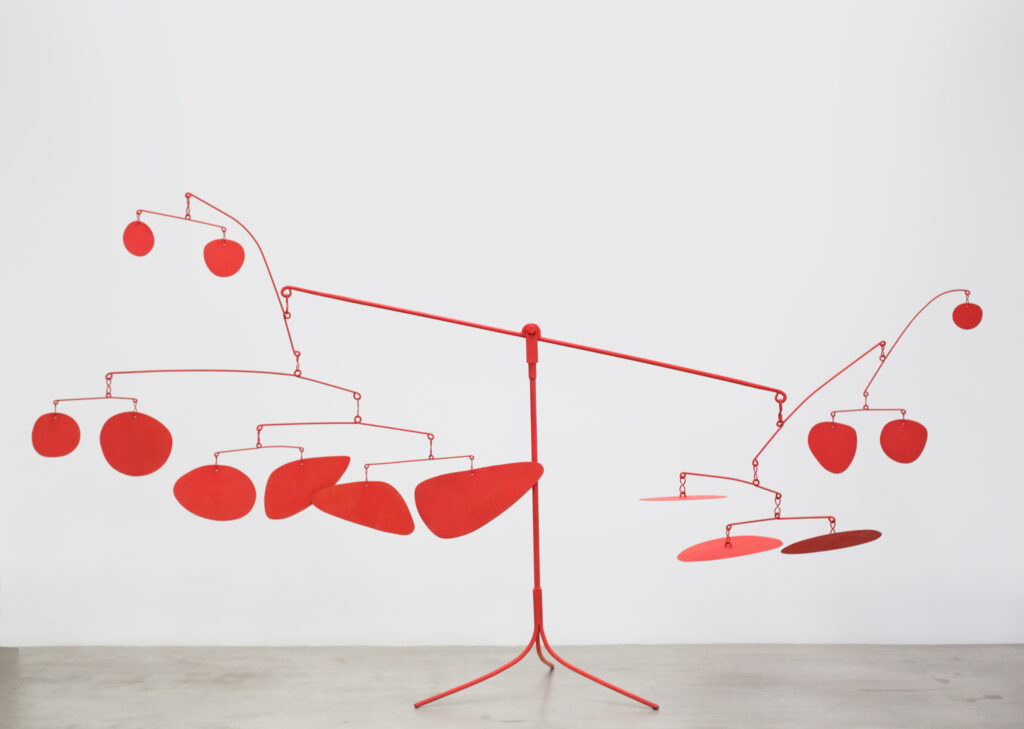
Chef d'orchestre
This record also refers to Chef d’orchestre (Performance Facsimile, 1964 / 2021)

This record also refers to Chef d’orchestre (Performance Facsimile, 1964 / 2021)
Tate Modern, London. Alexander Calder: Performing Sculpture. 11 November 2015–3 April 2016.
Solo ExhibitionNeue Nationalgalerie, Staatliche Museen zu Berlin, Germany. Alexander Calder: Minimal / Maximal. 22 August 2021–13 February 2022
Solo ExhibitionPerformance of Earle Brown’s Calder Piece, 1963–1966, DiMenna Center for Classical Music, New York, 2023. Performed by Talujon Percussion Quartet.
Performance of Earle Brown’s Calder Piece, 1963–1966, and Terry Riley’s In C, 1964, Neue Nationalgalerie, Staatliche Museen zu Berlin, 2021. Performed by Berlin Philharmoniker.
Diego Masson commissions Earle Brown to compose a piece of music for the Percussion Quartet of Paris. The two men travel to Saché to meet with Calder, and Brown begins to work on the score, which he titles Calder Piece.
Calder completes the monumental standing mobile Chef d’orchestre for Earle Brown’s Calder Piece. The mobile functions as both a “conductor,” determining the sequence and speed of the music, and as one of the instruments whereupon the elements are struck or “played.”
Calder Piece, written by Earle Brown and featuring Calder’s Chef d’orchestre, is performed by Diego Masson and the Percussion Quartet of Paris at the Théâtre de l’Atelier. After the premiere, Calder remarks, I thought you were going to hit it harder.
In 1963, Calder completed construction of a large studio overlooking the Indre Valley. With the assistance of a full-scale, industrial ironworks, he began to fabricate his monumental works in France and devoted much of his later working years to public commissions. Calder died in New York in 1976 at the age of seventy-eight.